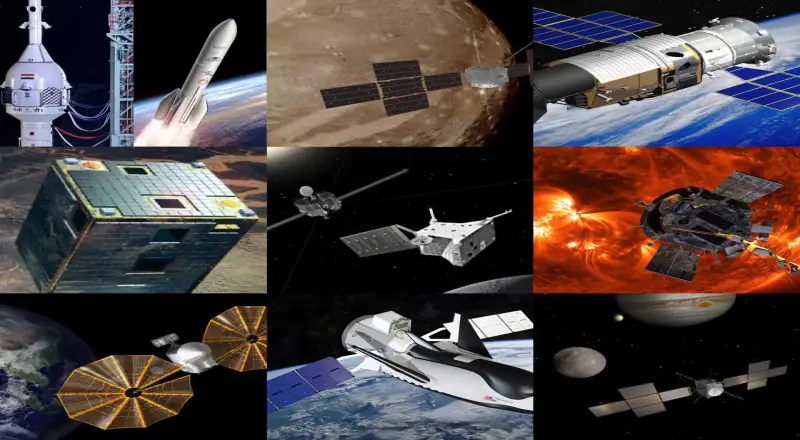Top 10 Space Missions to Watch in 2024
2024
votes
voters
views
items


This mission will make history by probing Jupiter’s moon, Europa, which is believed to harbor a vast ocean beneath its icy shell. With the potential to discover life, it’s one of the most anticipated missions of the decade, aiming to answer whether life could exist in the most extreme environments of our solar system.

Europe’s bold mission will study not only Europa but two of Jupiter's other icy moons: Ganymede and Callisto. These giant moons could reveal secrets about the potential for habitable environments beyond Earth. JUICE will make its first major flyby in 2024, inching closer to its grand scientific objectives.

Named after the famous fossil that reshaped our understanding of human origins, the Lucy mission seeks to similarly reshape our understanding of the solar system’s origins by studying Jupiter’s Trojan asteroids, ancient remnants from the early solar system that could provide clues to how the planets formed.

India steps into the future of human spaceflight with this uncrewed test of its Gaganyaan capsule. This is a significant precursor to India’s goal of sending humans into space, marking a major milestone in the country’s burgeoning space program.

This daring mission will create an artificial solar eclipse in space, allowing scientists to study the Sun’s corona with unprecedented clarity. The technology behind this mission could transform our ability to observe and understand our closest star, with implications for space weather and solar activity monitoring.

As it moves closer to Mercury, BepiColombo is on a multi-year quest to reveal the mysteries of the closest planet to the Sun. In 2024, the spacecraft will perform key flybys that will refine our understanding of Mercury's surface, magnetic field, and geological history.

Often dubbed "China’s Hubble," this space telescope will operate alongside China’s Tiangong space station. It promises to make major contributions to the fields of astrophysics and cosmology by observing distant galaxies, black holes, and dark matter.

A new era of space transport begins with the Dream Chaser spaceplane, designed to bring cargo to and from the International Space Station. With its reusable capabilities, this innovation could play a key role in supporting low-Earth orbit missions and space station resupply.

